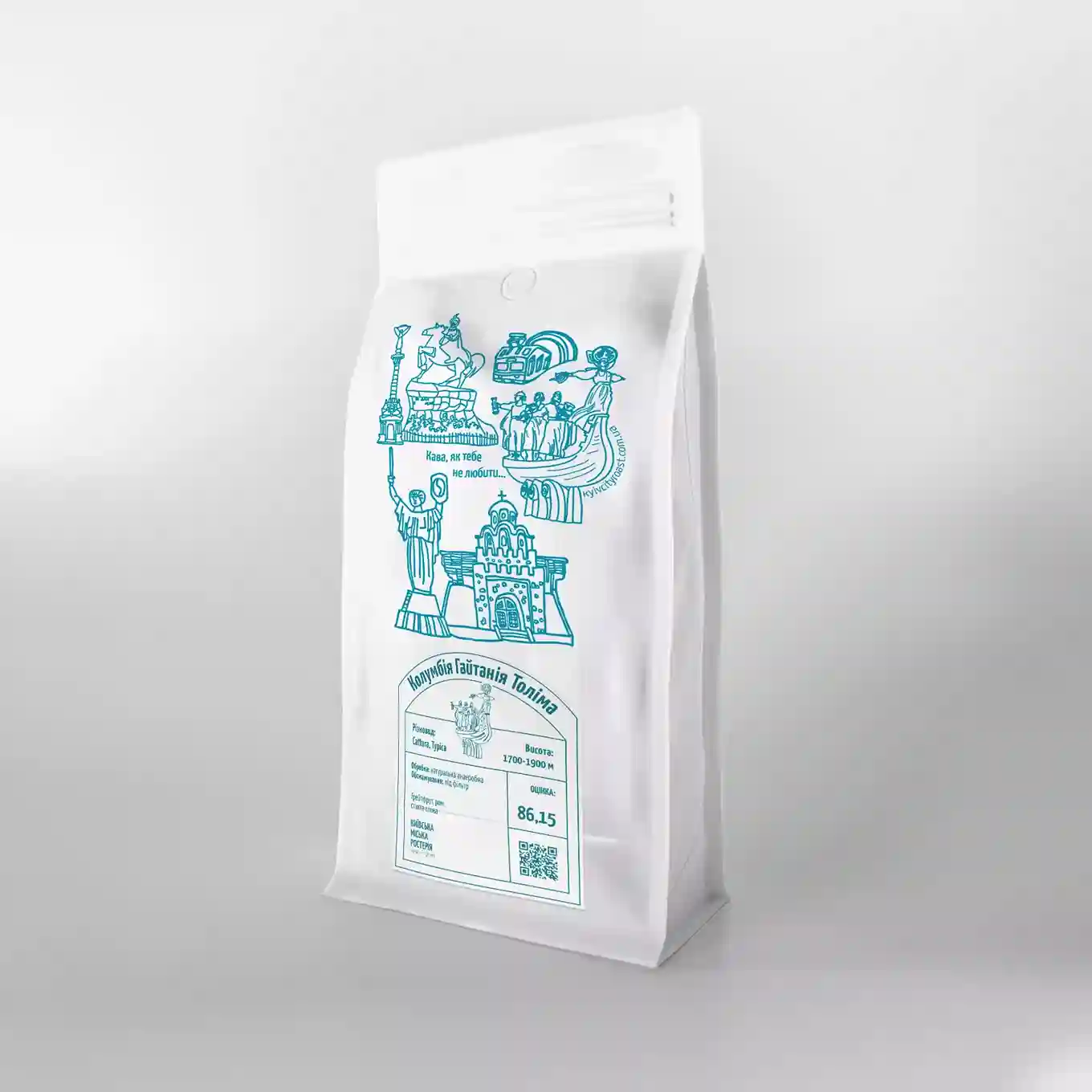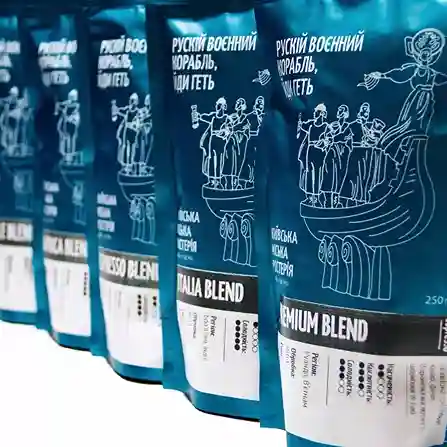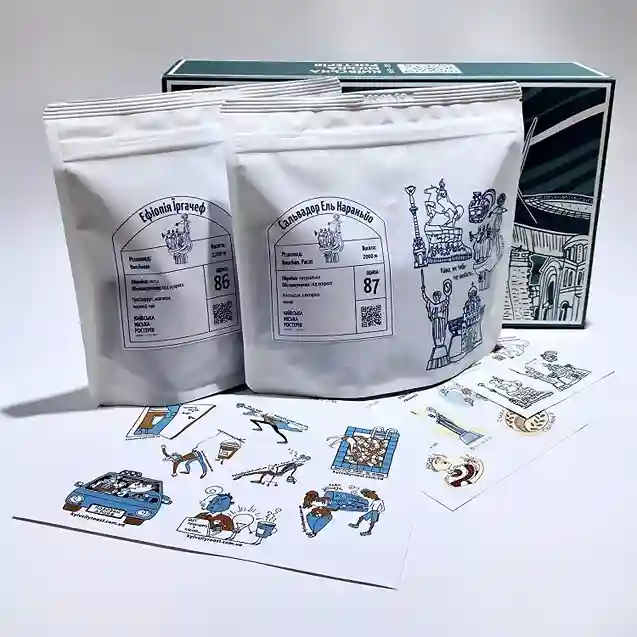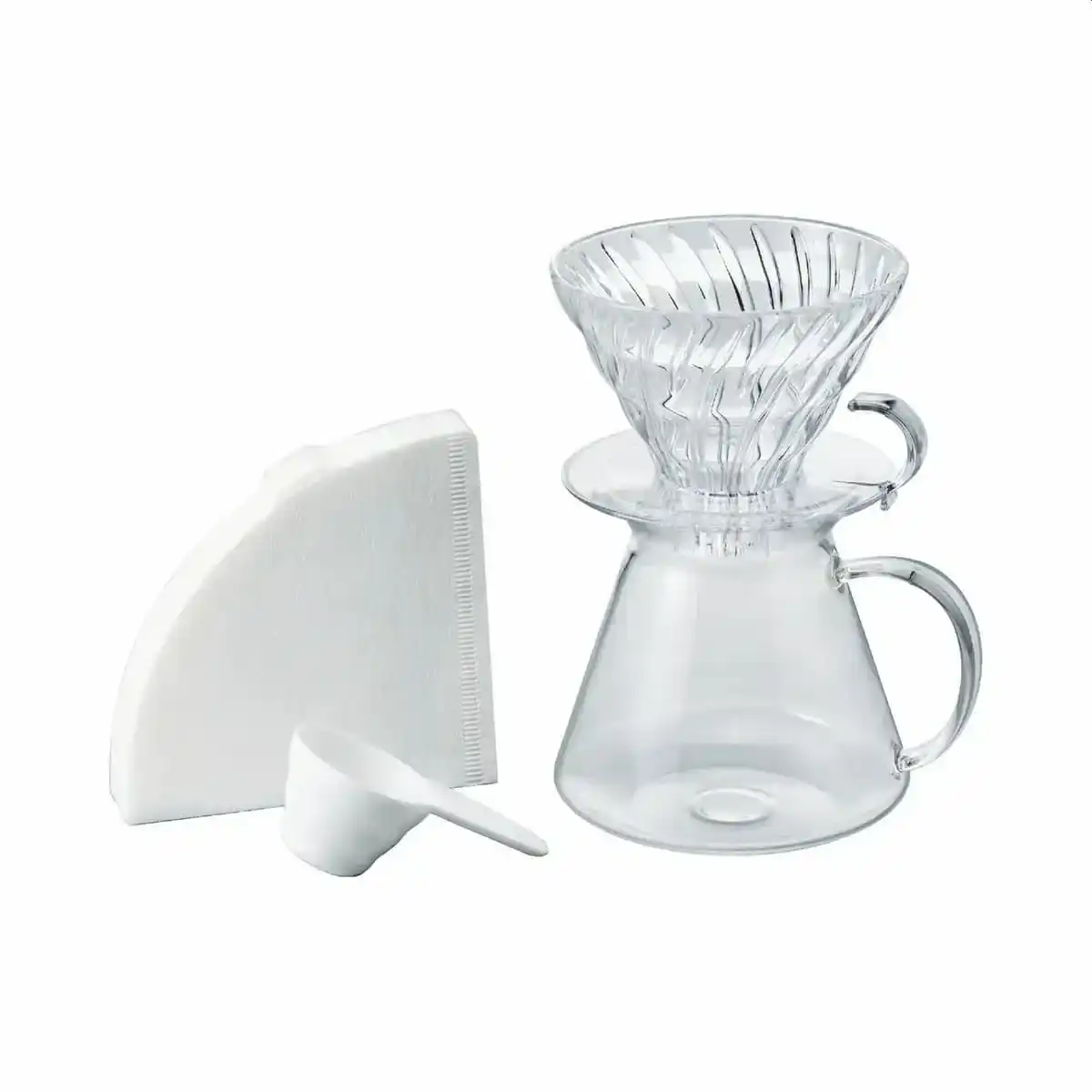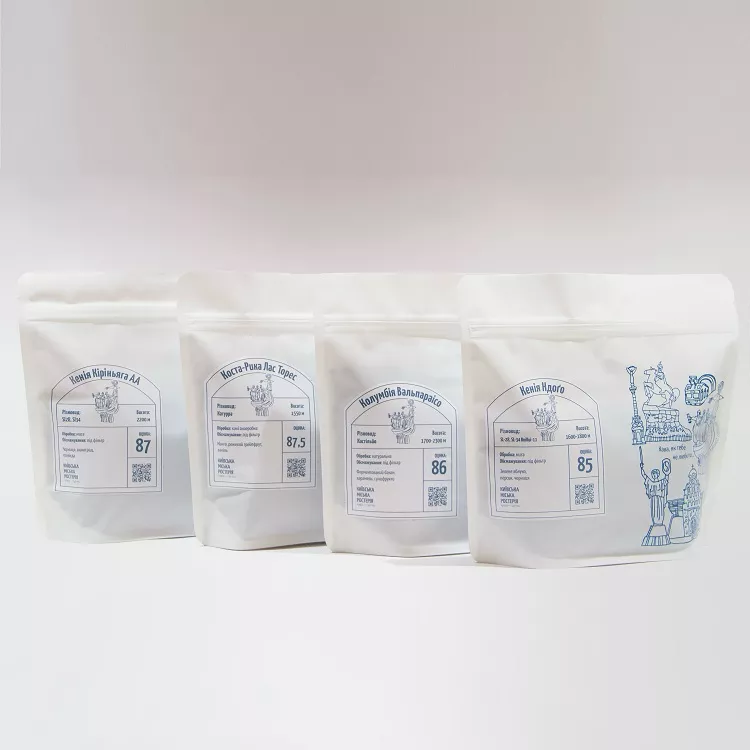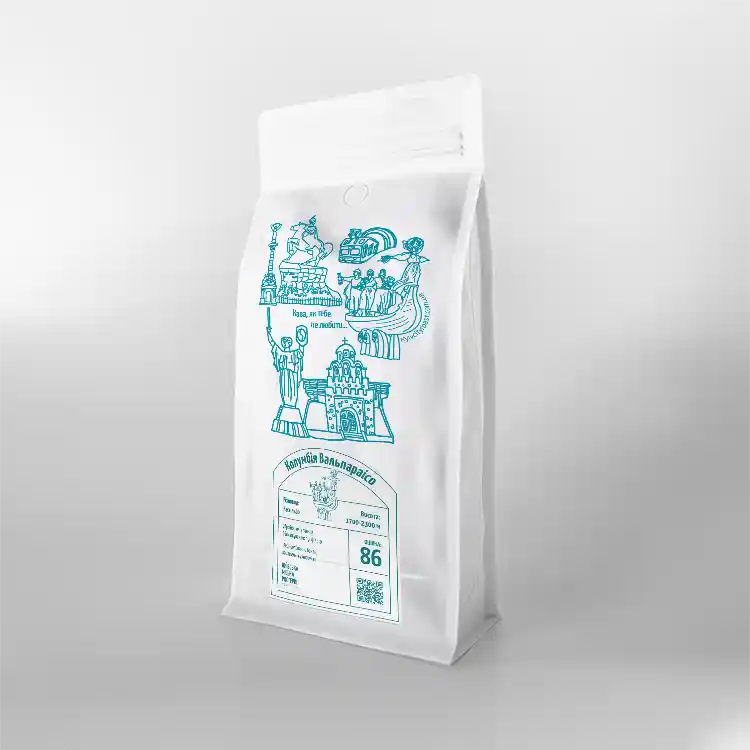Coffee
Why did coffee become the favorite drink of millions?
According to legend, about 1,000 years ago, an Ethiopian shepherd noticed the effect of coffee leaves on his goats, which began to behave very excitedly. He told his observations to the abbot of a local monastery, who dared to try coffee leaves and coffee beans. Gradually, coffee decoction became traditional for the servants and visitors of the monastery. And later, the opportunity to enjoy coffee was already available to all residents of the Arabian Peninsula.
In the 15th century, coffee became part of Yemeni culture and religion. It was used in beekeeping, religious ceremonies, and for meditation.
The import of coffee to Europe began in the 16th century. In the 19th century, coffee beans reached distant America.
Since then, coffee has gone from a status drink to an important cultural element and conversation companion. Coffee meetings have become an opportunity to enjoy moments of romantic or friendly communication.
Tasting coffee, we are energized and become more focused. However, the drink has gained popularity not only due to its tonic properties, but also due to the presence of antioxidants in its composition. Coffee consumption reduces the risk of serious diseases such as depression, Parkinson’s disease, cancer, diabetes.
Types of coffee
Coffee beans are made from the fruits of the coffee tree. Coffee beans are dried, roasted, and ground.
Types of coffee beans have different characteristics and purposes.
Taste, aroma, acidity, and aftertaste vary between types of coffee.
Classic types:
- Arabica, with its soft and fragrant taste with a barely perceptible bitterness. The price of Arabica is higher than that of Robusta. Colombia, Brazil, Ethiopia, Kenya grow Arabica at an altitude of more than 1000 meters above sea level.
- Robusta, with a more bitter taste and acidity. Robusta is grown in Vietnam, India, Uganda at lower altitudes. Its less refined taste is compensated by its greater richness and persistence.
Other types:
- Liberica, with fruity and caramel notes. The grains of this type are large and irregularly shaped.
- Eugenioides, reminiscent of the taste of vermouth. This type, with low acidity, alcoholic notes and increased sweetness, is not grown on an industrial scale due to low yields.
- Cameroon (Charrieriana) – dark, rich, spicy and moderately sweet coffee with a slight bitterness.
Coffee Roasting Degrees
Roasting is an art that unlocks the potential of coffee beans.
Light roasting preserves bright acidity and highlights the unique characteristics of terroir – the same combination of soil, climate and altitude that makes each region’s coffee unique. These beans are ideal for alternative brewing methods.
Medium roast creates a balance between acidity and sweetness, developing caramel notes. This is a versatile option, suitable for both espresso and filter coffee. Dark roast gives the coffee a dense body, chocolate and nutty notes, reduces acidity. Ideal for classic espresso and milk drinks.
Producers experiment by mixing coffee types in different proportions to obtain a more complex and balanced taste.
For different regions there are traditional methods of processing coffee beans, which have become such due to the climate and conditions of the producing country, and experimental, atypical for the region, processing methods that are used to obtain a unique taste of the variety.
- Natural processing is a cheap and environmentally friendly method. The berries are dried in the sun for 3-4 weeks. After that, the skin and pulp are removed, and the grains are sorted by size and packaged.
- During the washed processing, the grains are fermented, as a result of which the coffee acquires a bright taste with a sour taste. This method requires a large amount of water. That is why it is not traditional for arid regions.
- Semi-washed processing gives a richer taste compared to washed. The pulp of the grain is partially removed before drying.
- The “Honey” method requires less water. The coffee processed by it has a sweet taste with caramel and fruity notes, goes well with milk. During drying, part of the pulp of the berry is not removed.
- Thanks to Anaerobic processing the most aromatic coffee is obtained. Fermentation occurs without access of oxygen.
- Decaf processing removes caffeine. This method allows you to enjoy coffee even before going to bed.
Popular brands
Our range includes coffee of various categories: from classic Arabica to premium specialty varieties, espresso and filter coffee, blends and blends, as well as decaffeinated coffee. You can choose coffee beans for home grinding, already ground or convenient drip coffee.Among our products You can find brands that have stood the test of time and remain the most beloved by coffee lovers:
- Columbia Supremo. This is a classic 100% Arabica, roasted for espresso.
- Espresso blend blend. Arabica 80% plus robusta 20%. Roasted for espresso.
- Colombia decaffeinated. High-quality Arabica decaffeinated. Roasted
for espresso. - Ethiopia Yergacheffe. Arabica specialty roasted for espresso.
- Columbia Monte Blanca. Arabica specialty. Roasted for filter.
Professional choice: How to find your ideal coffee?
A number of factors influence the taste, including the type of coffee, origin, terroir (the combination of altitude, soil, and climate), processing method, degree of roasting, and brewing method.
Choosing a brewing and grinding method
Each brewing method reveals the coffee in its own way: Espresso requires a fine grind. This method creates a concentrated drink with a dense texture, bright flavor and a characteristic crema. Extraction time is 25-30 seconds at a water temperature of 92-95℃.
For filter coffee (pourover, Chemex), a medium grind is used. This allows you to reveal the complexity of the taste, subtle acidic notes and aroma. Brewing time is 3-4 minutes. For a French press, a coarse grind is required. This method produces a drink with a rich body and full flavor. Brewing time is 4 minutes.
A geyser coffee maker requires a medium-fine grind and creates a strong, aromatic drink. Drip coffee is a portioned filter bag with already ground coffee. The most convenient way to enjoy quality coffee at home or on the go.
Choosing your type of coffee depends entirely on your own preferences. When choosing coffee, you need to consider the degree of acidity, the body of the drink (light, medium or full), and familiarize yourself with the peculiarities of processing, which gives certain notes.
When choosing coffee, you need to take into account the degree of acidity, familiarize yourself with the features of processing, which gives certain notes. In addition, you need to decide on the degree of grinding, which, in turn, depends on the method you plan to use to prepare the drink.
Choosing your type of coffee depends entirely on your own preferences. When choosing coffee, you need to take into account the degree of acidity, familiarize yourself with the features of processing, which gives certain notes. In addition, you need to decide on the degree of grinding, which, in turn, depends on the method by which you plan to prepare the drink.
The best way to determine the type of coffee is tasting.
Evaluate the first aroma. It is important to do this no later than 15 minutes after grinding. Professionals assess the intensity of the aroma. It can be weak, moderate and bright.
Pour water at 92-95℃ and leave to brew for 4 minutes.
Break the crust with a spoon and evaluate the aroma again.
Cupping is a method of tasting coffee. It is most often used by roasters and baristas. It allows you to evaluate the aromatic and taste properties. Up to 30 cups of coffee are brewed at the same time, which are tasted with a spoon, sucking the liquid to spray it into the mouth.
Cappers can tell how balanced, complex, rich the taste of the coffee is, what shades it has, how dense it is, and what the aftertaste is.
For a simple consumer, it is enough that the coffee tastes good.
Experts recommend storing coffee in airtight packaging, in a cool place. This is important, because coffee easily absorbs moisture and foreign aromas.
Freshness of coffee is the key to rich flavor
Coffee is best opened within 2-8 weeks after roasting. That is why the roast date on the package is not marketing, but key information for true connoisseurs.
Freshly roasted coffee has a bright aroma, a complex flavor, and a rich aftertaste. Over time, the volatile aromatic compounds break down, and the coffee loses its uniqueness. Experts recommend:
– Buy coffee in small batches to consume it fresh
– Store in airtight packaging, in a cool, dark place
– Avoid the refrigerator – coffee easily absorbs moisture and foreign aromas
– Grind the beans immediately before brewing.
Why should you buy coffee from Kyiv City Roastery?
We guarantee not only freshness and quality, but also a wide range for every taste, fast delivery and an individual approach to the client.
A unique advantage is the support of our managers. You will always receive advice, reminders, recommendations on the choice of coffee and its preparation method.
Coffee price
The price of coffee depends on the quality, harvest, processing method and taste profile. The price range of the Roastery is from 630 UAH to 1800 UAH/kg of coffee.
By buying coffee at Kyiv City Roastery, you get freshly roasted, high-quality, aromatic coffee at a reasonable price.
In addition, on our website in the Promotions section there are always types that are discounted.
Coffee accessories and equipment
We offer our customers everything they need for making coffee (coffee machines, coffee makers, filters, cleaning products, dishes, etc.). A wide range of accessories and equipment can be purchased or rented.

